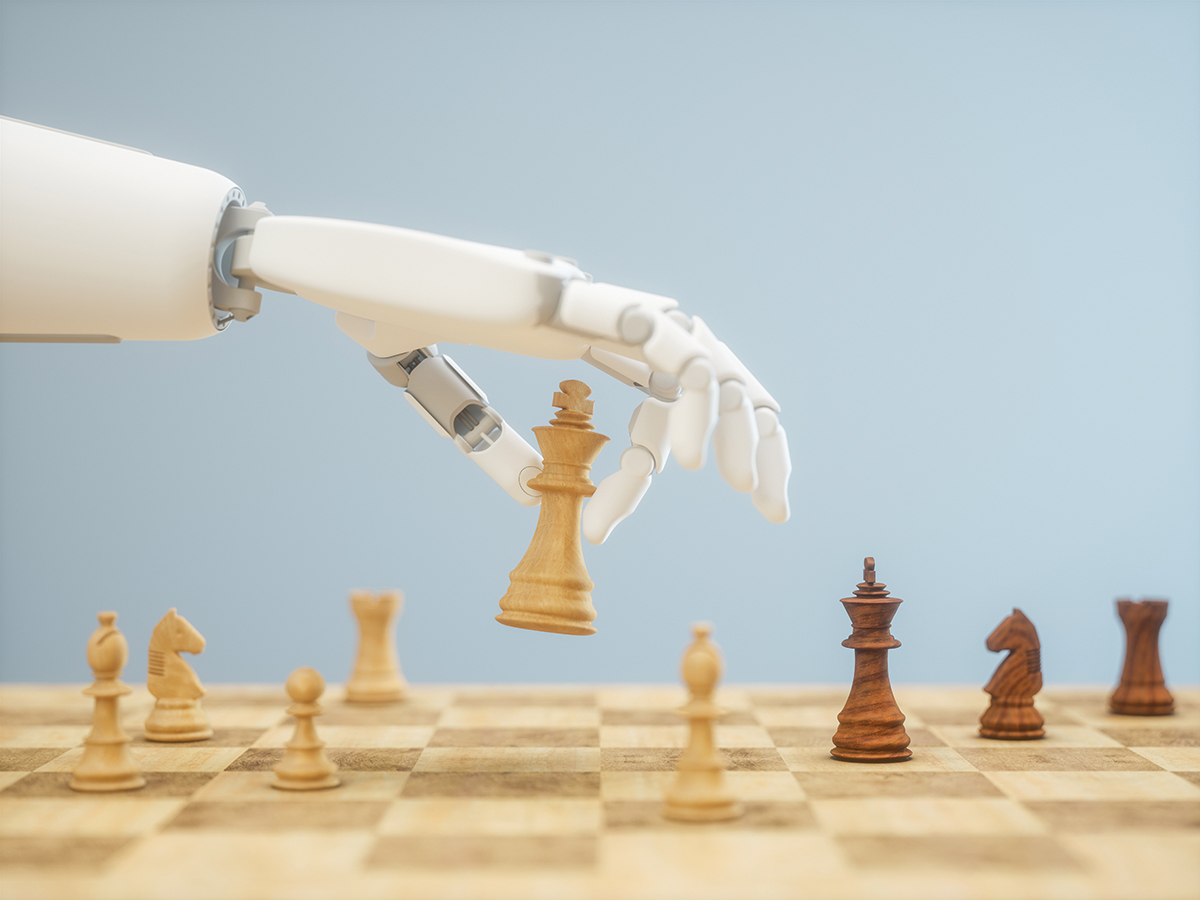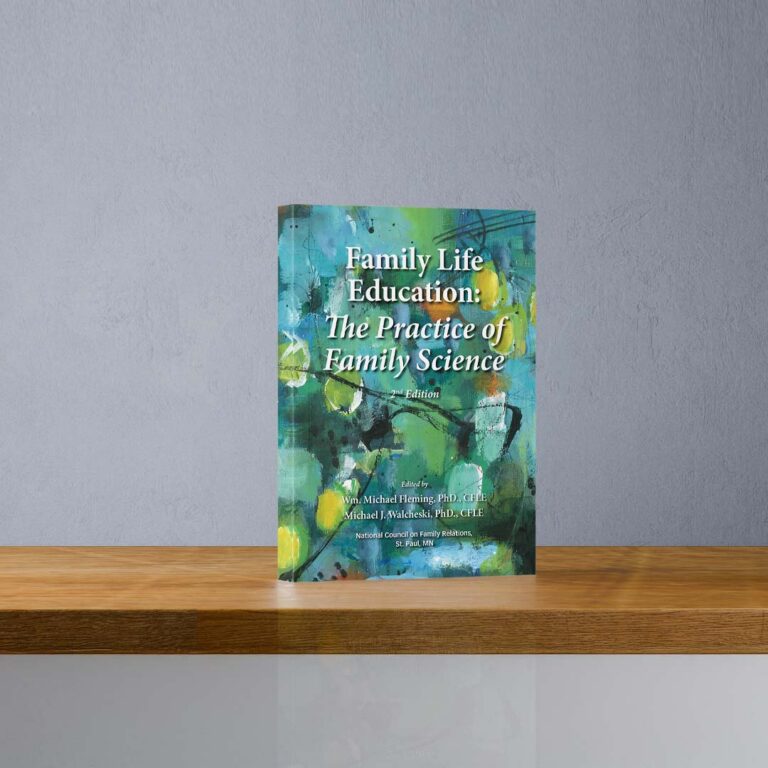From STEM to STEAM: Bringing the Arts into the STEM Field

Data is just data without insight, creativity and innovation. That’s why bringing the arts into the STEM field is causing such a stir.
Creativity, innovation, curiosity, resilience.
Important skills in today’s world, especially if you’re a scientist, analyst, or a mathematician.
Because, while the last few years brought an emphasis on increased training in the STEM disciplines —Science, Technology, Engineering and Mathematics — something else has been moving forward: STEAM.
STEAM, which stands for Science, Technology, Engineering, Art and Mathematics, is STEM with the skills that the arts can offer: being able to take something tangible, like a set of data, or outcomes from an experiment, and moving beyond just that result into something new and innovative.
Employers have noted they need their employees to embody what is called the soft skills, the key skills of effective communication with work teams, clients, or the public, and to think critically, with innovation and creativity. A recent article in the London Evening Standard makes it clear that the skills for working in the business world in 2020 include soft skills like adaptability, proactivity, resilience, curiosity and empathy.
The missing ‘A’ in a STEM program is the arts. The inclusion of the arts as an important component of students’ preparation for their careers has been driven by the growing realization that creativity has become an essential skill for facing the rapid changes in both the types and meaning of work in the 21st century.
— Dr. Danny Walker, chair of Philosophy and Arts in the College of Arts and Sciences
Walker notes that Sam Leed, senior vice president of WeWorks, said last year there is both “a science and an art in creativity.”
At Wilmington University, he continues, “fine arts courses, such as those offered in the Art and Drama departments, are aimed at helping students develop skills in conceptualizing and expressing creative designs across a range of subjects and situations.”
A McKinsey Global Institute study in 2017 found that the need for developing higher cognitive skills, including creativity, will rise to almost 20 percent in the next decade. Reports from the World Economic Forum and LinkedIn note that creativity has risen in importance to one of the top sought-after skills employers are now seeking.
Walker says the change in emphasis with a focus on creativity can be attributed to increasing obsolescence of process-driven jobs, repeatable tasks that can be increasingly performed more efficiently by automation and artificial intelligence. “The skills associated with artistic, expressive, imaginative thinking that are developed in fine arts courses can help equip students with the creativity needed to produce innovative solutions for future challenges in our rapidly changing world,” he says. “Degree programs that add STEAM to their STEM will better equip students to benefit from these changes.”
Indeed, the rise of artificial intelligence (AI) is streamlining physical processes in business and industry, but it can also be used in the data automation. Dr. John Sparco, director and chair of WilmU’s Business Analytics program, is co-chairing an ad hoc faculty committee formulating curricular goals around AI, which he says is connected to STEAM.
Sparco defines AI as something more than simple automation, which a company such as Amazon, for example, is using to great effect in their warehouses to speed product fulfillment.
He says you should think about automation like this: “I can program the lights to come on at
9 every morning and go off at 5 p.m. But if there are sensors in the room that can collect your pattern of arrival and departure, which may be different from your neighbor next door, the room is learning about when the occupants are there without me having to tell it what to do when. That’s the differentiation between artificial intelligence and automation.”
He adds, “artificial intelligence is more about computers sensing and iterating and figuring out things on their own.”
The part artificial intelligence does not do so well, at least right now, is critical thinking – creativity, being able to move beyond simple mechanics. Sparco mentions the defeat of a world champion chess player by a supercomputer in the late 1990s. In a first match against the computer in 1996, Garry Kasparov defeated the computer, but in 1997, the computer, called Deep Blue, beat the champion.
“Chess is a very structured game, the board is well defined, pieces can only do certain things,” says Dr. Sparco. “And it took forever for a computer to actually beat a chess champion. But what they really found is, if you take that computer that can process literally millions of moves in a second and pair it with a human who has creativity, the results are much better than a human alone or a computer alone.”
Referring to his field of analytics, Dr. Sparco says that artificial intelligence can use raw data, something that our world now has plenty of, to make all sorts of decisions for us. And this is not necessarily a bad thing. “That frees up time for those other things we need to develop,” using what the computer can’t provide, which is innovation.
“STEM and STEAM are tangentially related to the AI/analytics discussion,” he continues. “I think there’s an aspect of creativity. We’re talking about innovation and coming up with new things out of experiences and intuition.”
He mentions the accumulation of data in the retailing world, which is used most often today to predict the purchasing habits of the public as the foundation for marketing to them. These organizations are awash in data, he says. But without a thoughtful way to approach it, the results can and have backfired on companies.
“There was the incident with Target a few years ago where they could predict whether somebody was pregnant based on their purchases,” he says. “The company got a lot of blowback on that, from using the data in that way.”
In this case, The NYT reported in 2012 that data Target collected of purchases made by new parents had revealed something significant — buying habits changed markedly around the time a new baby was born. They also knew that with a new baby comes a public birth record, and other retailers barrage the parents with advertisements for their own products. Based on this habit change, the Times reported that Target would then market to pregnant women before other retailers even knew of a new baby: an interesting data-based strategy to capture and keep customers, but not very popular with women who didn’t want their status known.
Dr. Sparco notes that soft skills, one being empathy, perhaps could have helped those making that marketing decision determine a better way to reach their goal.
“When you start to talk about the arts, you understand cultures, you understand aesthetic, you understand a lot of different things, and it brings a different dimension to the way a quantitative thinker views the world,” Dr. Sparco says. The ability to think critically is key.
STEM programs have been around quite a few years now, thanks to some federal and state initiatives designed to strengthen the country’s foundation of workers trained in technical skills. Wilmington University’s new Biology and Environmental Science and Public Policy degrees, or Business Analytics, among many other programs throughout the University, are there to help build that workforce.

“Science programming is a relatively new endeavor at Wilmington University,” says Science Chair Dr. Milton Muldrow. “As such, it’s important early on to establish the style and substance of information that should be conveyed to the student. By taking a more thorough examination of the place of arts in STEM, WilmU is taking that step.”
Creativity is an inherent aspect of science,” he continues. “Our undergraduate research emphasis in both our Environmental Science and Biology programs emphasize this in particular, as designing a new experiment is both a technical skill, and can be a surprisingly elegant craft,” he says. “I support WilmU’s efforts to emphasize the arts in its programming, and look forward to the outcome.
— Dr. Milton Muldrow
Dr. James Wilson, vice president of Academic Affairs, notes that for some time there seems to have been in general a deemphasis upon the liberal arts in higher education as budgets have become tighter. However, “the pendulum is starting to swing the other way,” he says. “I hope the arts will continue to be more highly valued in educating the STEM workforce.”
Also, AI and its relationship to STEM and STEAM has been a topic Dr. Wilson has discussed with the Faculty Senate.
“I’ve noticed more of a conversation going on about AI among the faculty, and people have commented from time to time about AI, just what they’ve read or seen, and getting a dialogue going,” Wilson adds. After all, he says, part of WilmU’s mission states that “The University’s programs prepare students to begin or continue their career, improve their competitiveness in the job market, and engage in lifelong learning.”
The future is something the University is always moving toward, and as society and industry change, so, too, must the programs adapt.
“What are we going to be?” Dr. Wilson asks. We are clearly leaders in the region, in a number of fields, including criminal justice, education, computer science, and computer security. We certainly have the science, technology and math, and we have the arts down as well. So it’s all coming together. We’re open to what’s happening in the marketplace for our students.”



